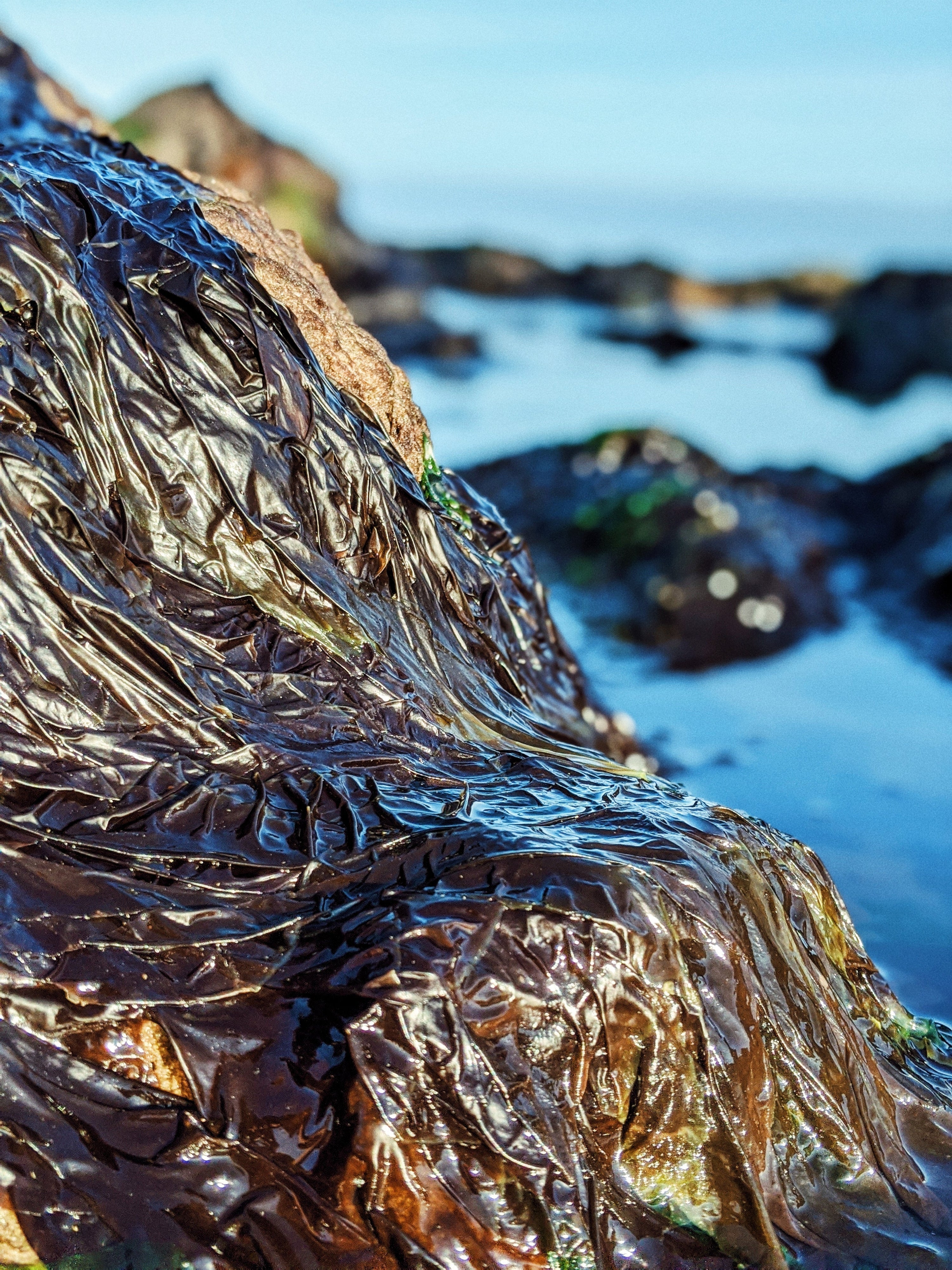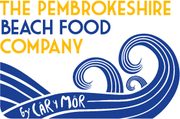
OK - Why Seaweed?
In a nutshell it adds an extra depth of flavour to everything you put seaweed into, whether that is the bacon roll or a laverbread brownie. And though you cannot always taste the seaweed distinctively it is there. A flavour powerhouse and everything we do with our artisan Deli products.
Seaweed is at the very core of what we do , so here's a little information for you:
- We use several types of seaweed including:
- Laver - Red
- Dulse - Red
- Pepper Dulse - Red
- Sea Noodles - Red
- Kelp - Brown
- Sugar Kelp - Brown
- Sea Spaghetti - Brown
- Wrack - Brown
- Gutweed - Green
- Sea Lettuce - Green
- There are over 1000 species of seaweed in the UK and they are split into 3 categories:
- The Reds (see above)
- The Browns (see above)
- The Greens (see above)
We don’t use all 1000 species of seaweed in our cooking, most seaweeds are really small and very difficult to harvest. There is one poisonous seaweed called “Desmarestia”. This seaweed contains sulphuric acid and will give you a very painful stomach if consumed. Thankfully, it only grows in deep water and very rarely found on the shore.
- All of the seaweed we pick is cut by hand from pristine waters around Pembrokeshire. To pick seaweed you need to have a commercial licence which is issued from the National Park. I was the first person to obtain one back in 2010. We never collect washed up seaweed as this may have been contaminated by marine waste, land waste and dogs (weeing).
- Seaweed contains more vitamins and more minerals than any land-based vegetable.
- As well as a powerhouse of nutrition it has been dubbed “the future food” as it requires no land, no fresh water, no pesticides and grows up to 20 times quicker than traditional food crops. Some Kelps can grow up to 30cm a day!
- Seaweed has also been dubbed “lungs of the world” producing 80% of the world’s oxygen.
- Different seaweeds have been consumed by people for 1000s of years. If seaweed is the core of our cooking, then Laver seaweed is the champion.
LAVER SEAWEED:
To make Laver seaweed into Laverbread, you have to boil laver seaweed for up to 7 hours with a little salt and then blend it to make a greeny black puree, that is it. The name is confusing as it is not actually a bread.
The name comes from how they used to process laver seaweed before the days of blenders and mincers. The traditional way was to break it down and kneed it like you would with wheat to make bread. Laver is only one cell thick but is surprisingly tough and requires this processing to make it palatable.
Laver is a similar species to Nori which is used in Japan and around the world to make sushi.
The Taste
Laver seaweed has a high iodine content that gives it a distinctive marine olive flavour, it is not always a food you will fall in love with straight away - it’s a grower!
- It is harvested from rocks in the wilds of West Wales which have the second largest tidal range in the world and takes the full force of the Atlantic storms.
- Not many other foods take 10 hrs to cook.
- No other food looks so unappealing after 10 hours of cooking.
- It is a powerhouse of nutrients, vitamins and minerals and is completely at odds to the typical meals consumed by the Welsh public in the 21st century.
- Its versatility is only being discovered now in modern day cooking.
- It tastes sublime.


